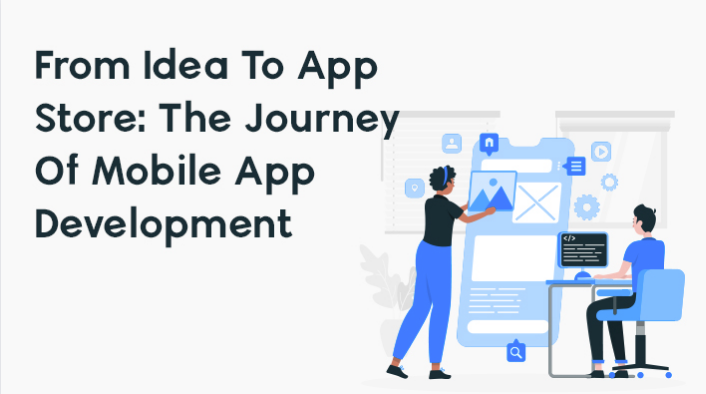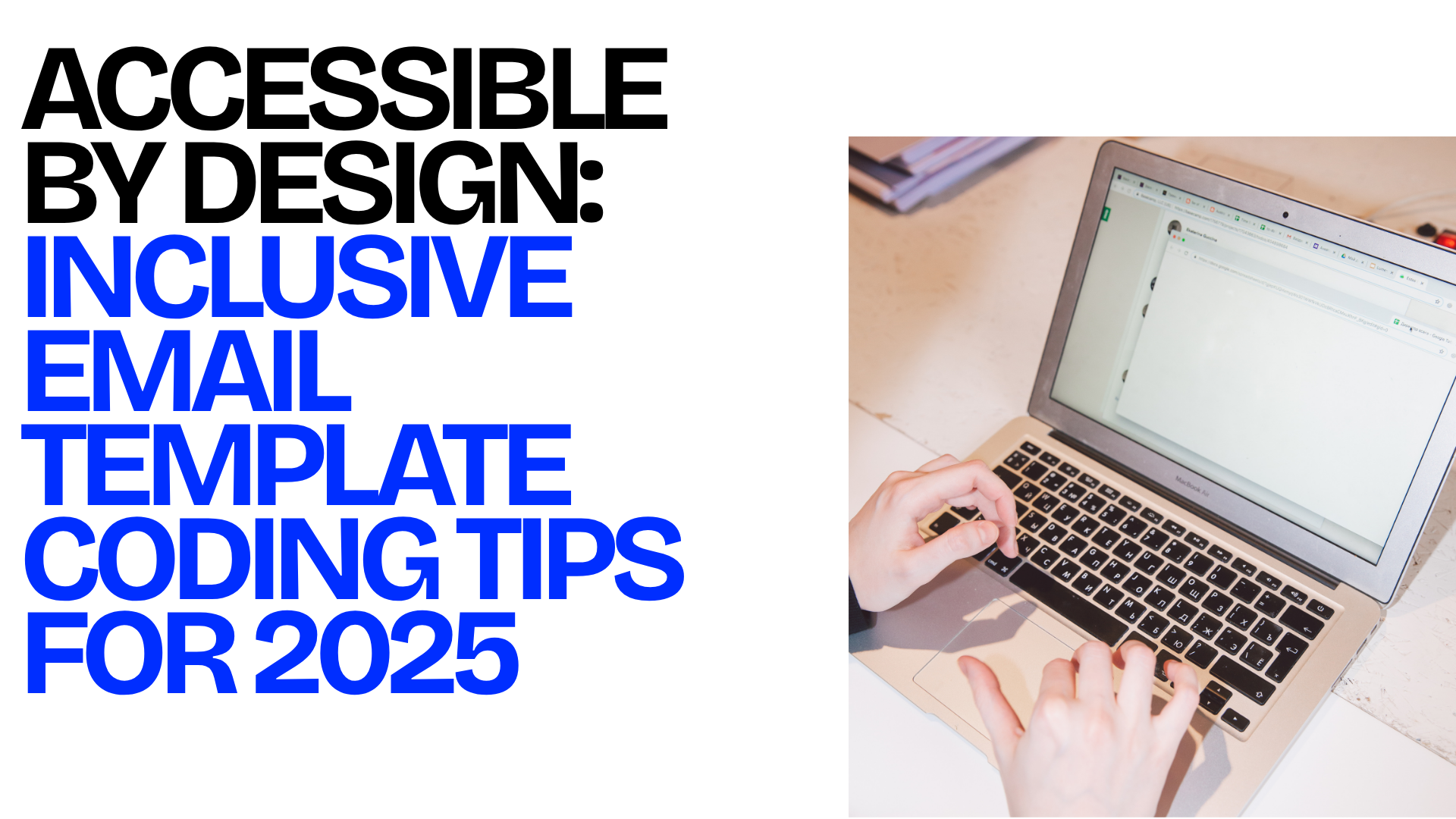Mobile app development is an intricate process that involves various stages and requires careful planning and execution. In this blog post, we will take you on a journey from the inception of an idea to the final release of an app on the App Store. We will explore each step involved in mobile app development, highlighting the challenges, strategies, and best practices along the way. Whether you're a business owner looking to develop an app or a curious reader interested in the app development process, this guide will provide valuable insights into the journey of turning an idea into a successful mobile application.
Idea Generation and Market Research:
Every successful mobile app starts with a unique idea. The first step is to brainstorm ideas and identify a concept that solves a problem or fulfills a need in the market. Once an idea is formed, thorough market research is crucial. This involves analyzing the target audience, competitor apps, and market trends to validate the viability of the idea. Market research helps identify potential gaps and opportunities, allowing for better positioning and differentiation of the app in a crowded market.
Planning and Wireframing:
After idea validation, the planning phase begins. This involves defining the scope of the app, its features, functionalities, and user experience. Wireframing is a critical step in this phase, as it helps create a visual representation of the app's layout and navigation. It allows for early feedback and iteration before diving into development.
UI/UX Design:
The user interface (UI) and user experience (UX) design play a vital role in the success of a mobile app. During this stage, designers create visually appealing and intuitive interfaces that provide an engaging user experience. Design elements such as color schemes, typography, and interactive elements are carefully crafted to align with the app's branding and target audience. User feedback and usability testing are incorporated to refine the design and ensure optimal user satisfaction.
Development and Testing:
With the design finalized, the development phase begins. Mobile app development involves two primary aspects: front-end development and back-end development. Front-end development focuses on building the user interface and implementing the app's features using programming languages such as Swift for iOS or Java/Kotlin for Android. Back-end development involves setting up servers, databases, and APIs to handle data storage, user authentication, and app functionality.
Once the development phase is complete, rigorous testing is conducted to identify and fix any bugs or usability issues. Testing includes functional testing, performance testing, compatibility testing, and security testing. It ensures that the app functions seamlessly across different devices, platforms, and scenarios.
App Store Submission and Launch:
Once the app development and testing are finalized, the next step is preparing for the App Store submission. This involves creating developer accounts, compiling all necessary assets (such as app icons, screenshots, and descriptions), and adhering to the App Store guidelines. Careful attention must be given to optimizing the metadata and incorporating relevant keywords for better discoverability.
The launch phase requires planning a comprehensive marketing strategy to create buzz and generate initial downloads. This can include leveraging social media, influencer marketing, press releases, and app review websites. Continuous monitoring and performance analysis are essential during this phase to gather user feedback, track app analytics, and identify areas for improvement.
Post-Launch Updates and Maintenance:
Once the app is live, the journey doesn't end there. Regular updates and maintenance are crucial to ensure the app remains relevant, secure, and bug-free. User feedback, app analytics, and emerging technologies can guide the development of new features and improvements. Regular updates also address compatibility issues with new device releases and operating system updates.
Conclusion:
From ideation to App Store release, the journey of mobile app development involves meticulous planning, design, development, testing, and marketing. It requires a skilled team, attention to detail, and adaptability to evolving trends. Understanding each stage of this journey enables businesses and developers to navigate the complexities of app development successfully. With careful execution and ongoing optimization, a well-crafted mobile app can transform an idea into a valuable asset, offering immense opportunities for growth and success in the digital landscape.
















Post Comments